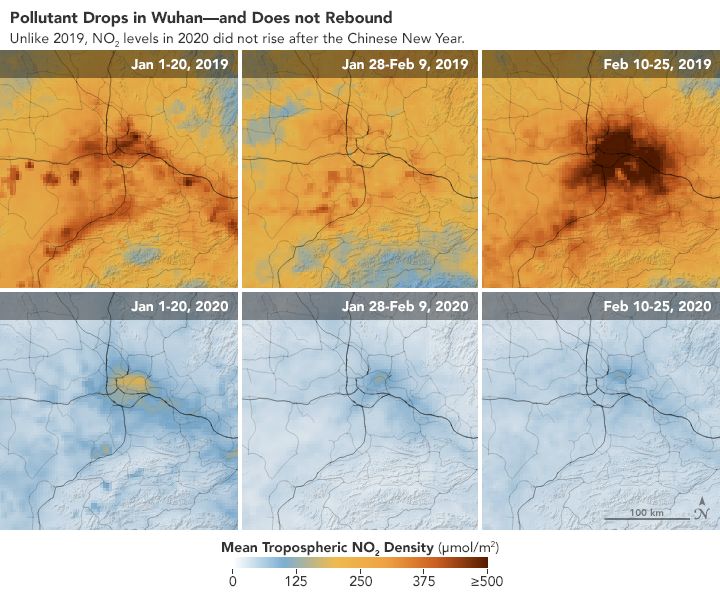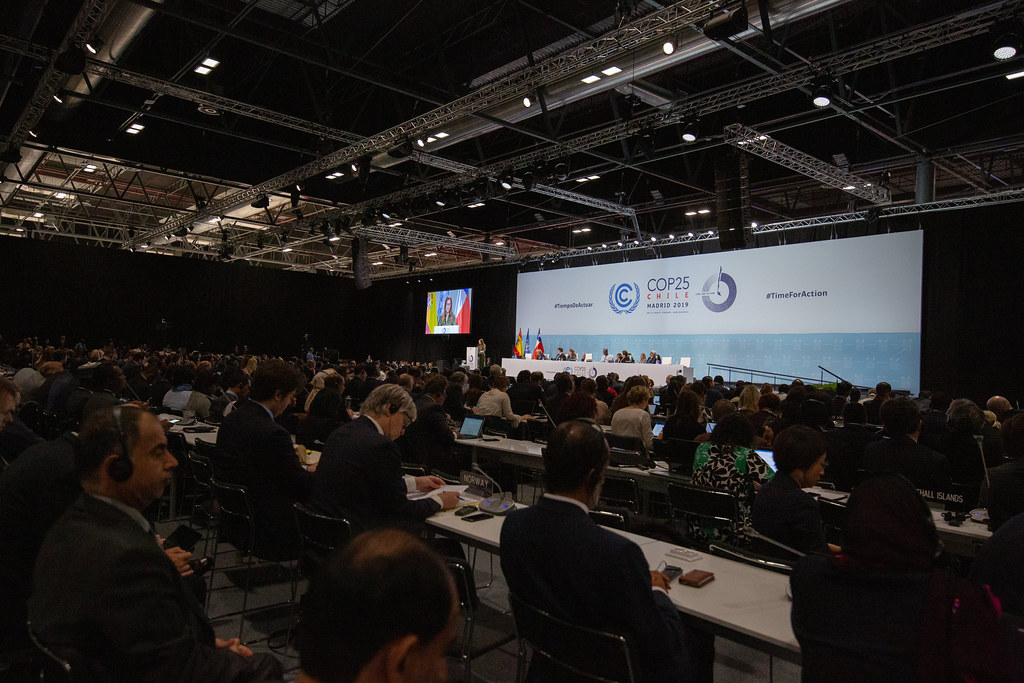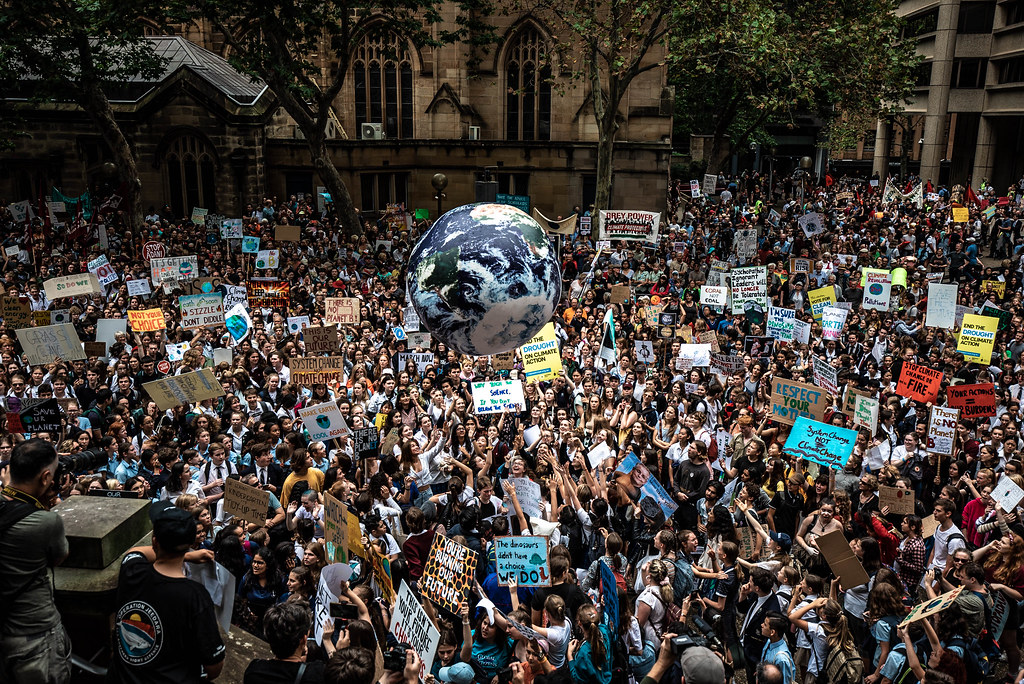As the new coronavirus disease, COVID-19, crosses the globe, it’s having effects far beyond the illness. The pandemic is having a strong effect on businesses, which is also affecting the climate crisis.
The virus struck in China first, causing the Chinese government to lock down several large cities holding millions of people, and to limit travel for millions more. Factories and other businesses shut down.
China is the largest maker of products in the world. It’s also the country that pollutes the most. In February, when its factories were shut down and travel was limited, pollution in China dropped by 25%.

(Source: NASA Earth Observatory.)
Now, China is recovering and the factories are going back to work. But similar drops in pollution are being seen in other places as factories close and far fewer people are traveling by car or airplane.
As countries try to limit the spread of the disease, more and more people are working from home. That means they’re not polluting as they drive back and forth to work everyday. Also, with workers at home, offices require less heat and electricity, and this can also cut pollution.

(Source: Braden Kowitz, via Flickr.com.)
But the drop in pollution because of the coronavirus is temporary. Many people worry that in the long run, the virus may make the climate crisis worse.
Last December, the United Nations (UN) held a meeting of all the world’s countries to encourage stronger action on the climate crisis, but the meeting ended without some important agreements. A new meeting is scheduled for November of this year in Glasgow, Scotland.

(Source: UNclimatechange, via Flickr.com.)
Many smaller meetings were planned to make sure November’s meeting will be a success. Now, because of the virus, many of the smaller meetings have been canceled. Many countries may not be ready for the Glasgow meeting, which could push back climate action even more.
Some experts believe that once the coronavirus crisis is over, businesses and factories will begin polluting even more than before in an effort to make up for all the business they lost during the crisis.
Finally, many people worry that as the world focuses on the COVID-19 pandemic, people will stop paying attention to the climate crisis, even though the effects of the climate crisis could be more severe and last longer.

(Source: School Strike, via Flickr.com.)
Last year, young people around the world helped focus attention on the climate crisis by holding climate strikes over and over again. During some of these strikes, millions of people came out to demand climate action.
Now, as governments around the world are limiting large group gatherings and encouraging people to stay home because of the coronavirus, climate strikers are having to find new ways to keep their message in the public eye.
Greta Thunberg posted this message on Twitter.
School strike week 82. In a crisis we change our behaviour and adapt to the new circumstances for the greater good of society.
Join the #DigitalStrike – post a pic of you with a sign and use #ClimateStrikeOnline ! #schoolstrike4climate #fridaysforfuture #climatestrike #COVIDー19 pic.twitter.com/fZkjqN3DOw
— Greta Thunberg (@GretaThunberg) March 13, 2020
Swedish teen Greta Thunberg, who began the climate strike movement in 2018, has encouraged people to take their protests online. She is calling for her supporters to take part in a “Digital Strike” by posting pictures of themselves with the signs they would have taken to a climate strike.
Many climate strikers kept up their outdoor protests until very recently. Now many, like Ms. Thunberg, are moving their protests online.
NewsForKids.net has these COVID-19 resources:
• Overview of COVID-19
• Coronavirus Words Explained
• Collection of our articles on COVID-19
• Regular, detailed COVID-19 updates
